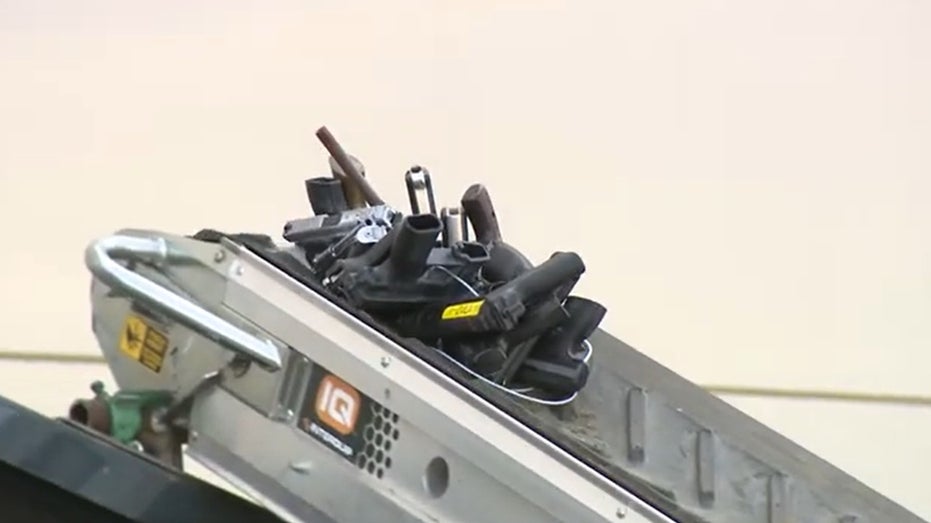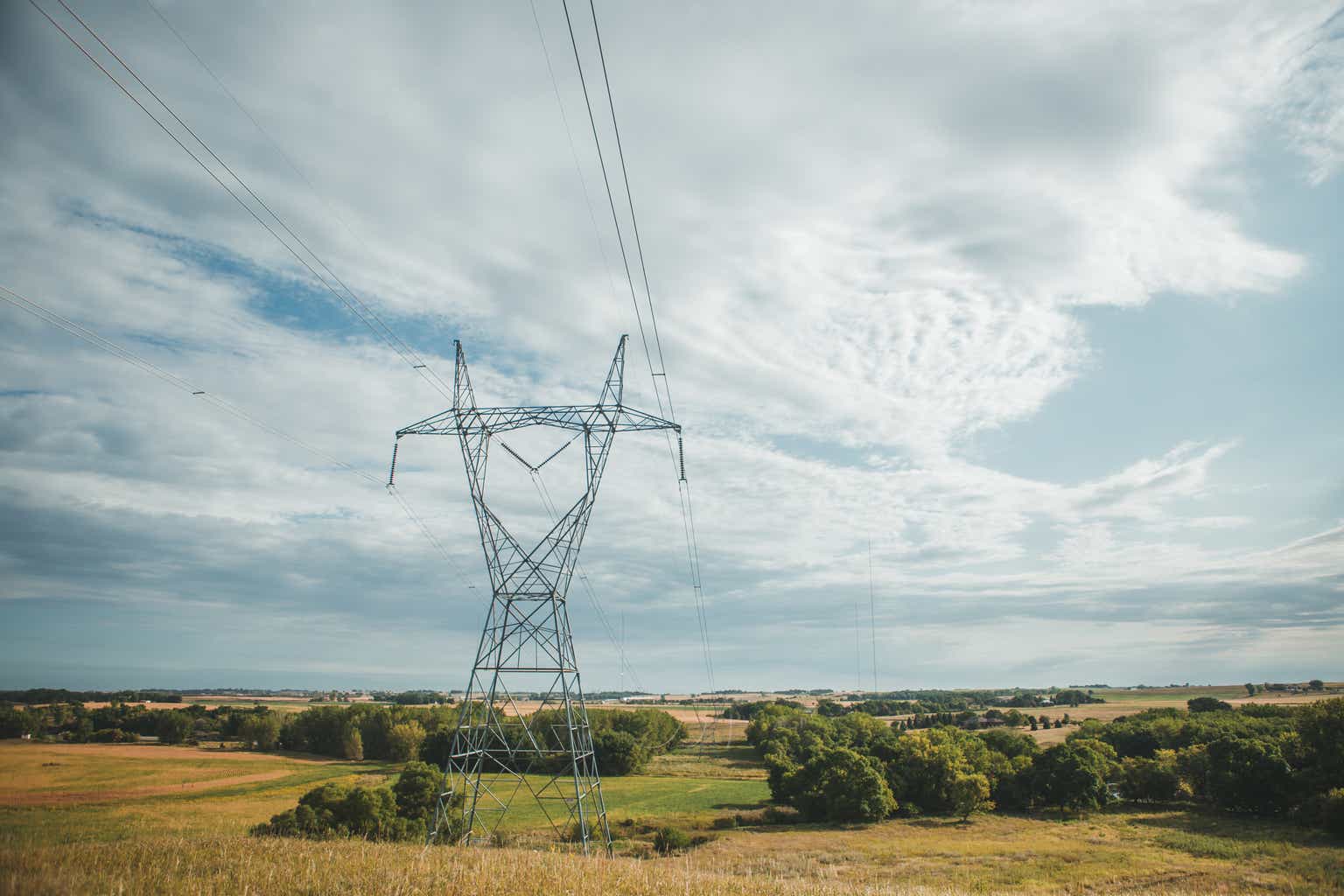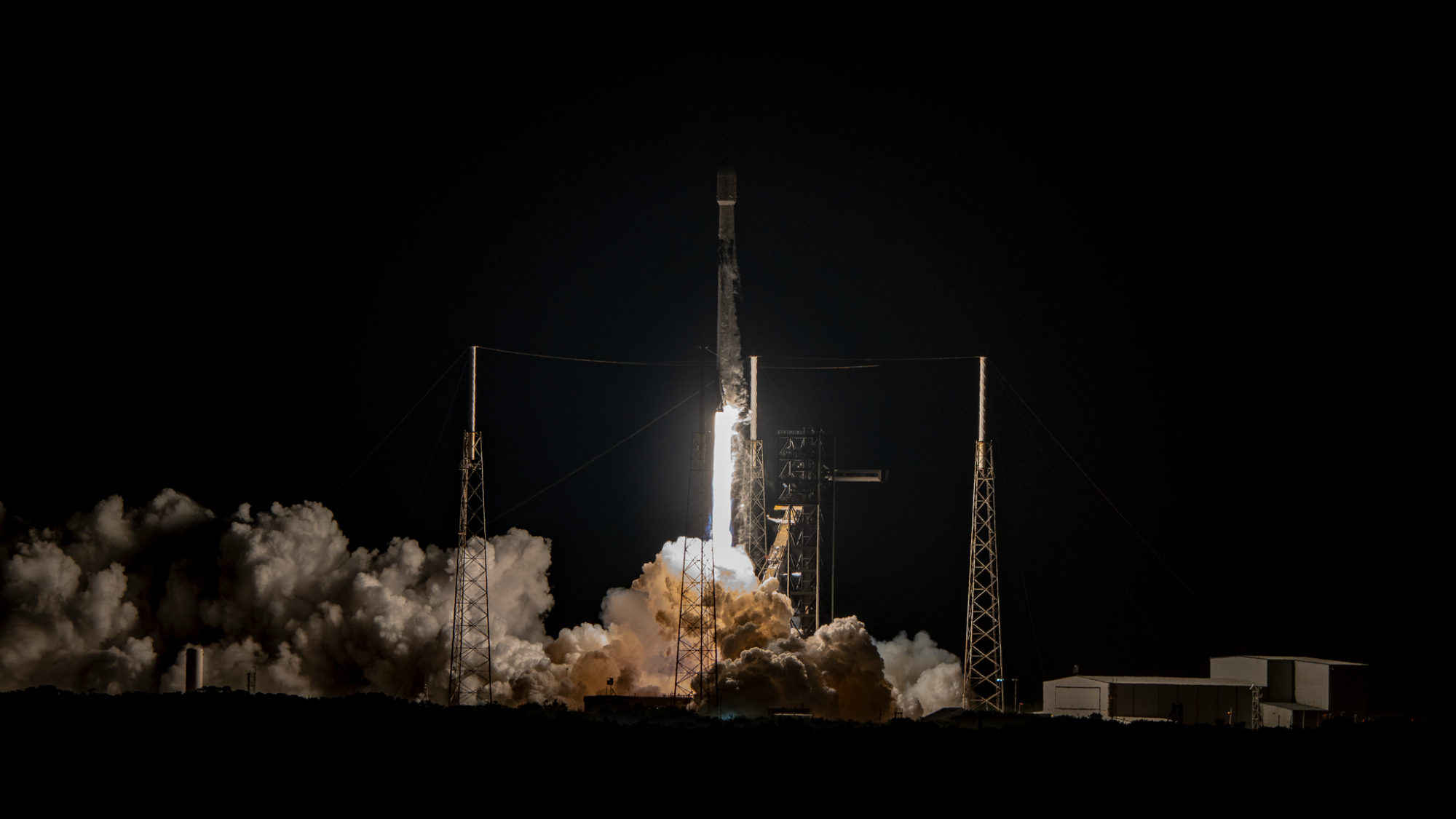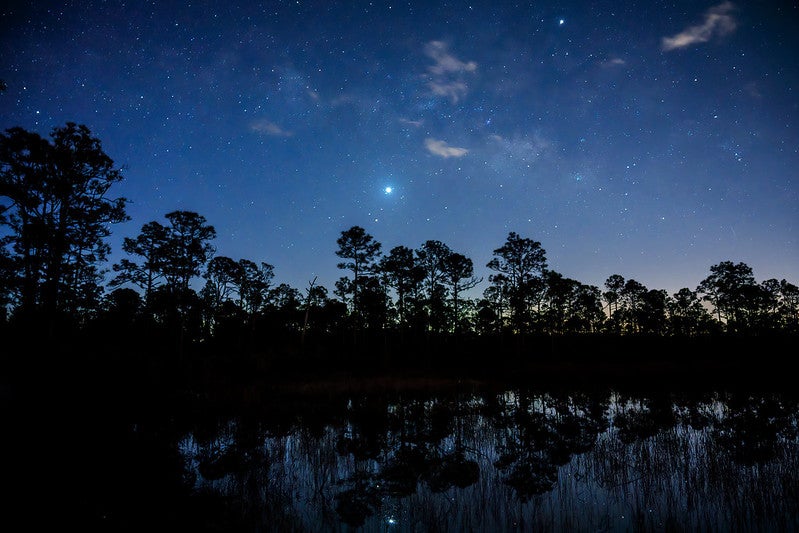The Neoplan Jumbocruiser Was a Double-Decker Slinky Bus for Over 100 Passengers
It could seat over 100 passengers, and 11 units were reportedly built in Germany. The post The Neoplan Jumbocruiser Was a Double-Decker Slinky Bus for Over 100 Passengers appeared first on The Drive.

There are several ways to increase the seating capacity of a bus. You can expand the body upwards to create a double-decker, or you can make it longer by linking two bodies via an articulated mechanism. In the 1970s, a Stuttgart-based bus manufacturer named Neoplan had a novel idea: What about doing both? The end result was a monster of a bus called Jumbocruiser with more interior space than many homes.
Stumbling on an old Reddit thread about this delightful people-moving monster put this forgotten thing on our radar, and we had a feeling you might enjoy it.
Neoplan developed the Jumbocruiser in an era when long-distance road travel was booming, according to an article in the September 2016 issue of a German bus enthusiast magazine called Omibus Spiegel. On paper, the business case made perfect sense. As a tour operator, you’ve got fixed costs including the driver’s salary, fuel, and basic maintenance. The more people you can stuff on a bus, the easier it becomes to offset these expenses. (Different people having that same idea later spawned the Airbus A380.) Neoplan began experimenting with the idea of building a double-decker slinky bus in the late 1960s, and the Jumbocruiser made its public debut at the 1975 Frankfurt auto show.
Driving such a behemoth into the convention center must have been easier said than done. The dimensions speak for themselves. In its standard configuration, the Jumbocruiser measured 708 inches long (that’s about 3.5 times the length of a current-generation BMW 5 Series), 98 inches wide, and 157 inches tall. The bus offered nearly 1,000 square feet of floor space, so it could theoretically carry up to 144 passengers, but it sounds like many were built with about 110 seats. The rest of the space was taken up by the trunk and, of course, a bar.



The name deserves a quick explanation. It’s a reference to Boeing’s jumbo jets, but the Jumbocruiser was called N 138/4 internally. N stands for Neoplan, 1 denotes its status as a luxury bus, 38 refers to the maximum number of rows of seats, and 4 indicates the number of axles.
There are disappointingly few readily available images of people enjoying the Jumbocruiser in its heyday, but we did dig up this brochure that gives you a sense of what the vehicle would have been like in its prime.
Powering this beast required a suitably massive engine. At launch, the Jumbocruiser was powered by a Mercedes-Benz-sourced 19.1-liter turbodiesel V12 rated at about 400 horsepower and 948 lb-ft of torque. Called OM404, the engine was located close to the bendy section of the bus, and it spun the wheels on the second axle via a five-speed automatic transmission. At the time, Neoplan wasn’t able to source a manual transmission capable of handling the V12’s torque. Additional engine options were offered later in the production run.
The golden era of bus travel didn’t last long, and demand for the Jumbocruiser dropped before the end of the 1970s. One of the nails in the model’s coffin came from France, which banned articulated buses on some of its roads in 1980 due to safety concerns. This made the task of driving the Jumbocruiser from Germany, where many were located, to popular holiday destinations such as Spain and Portugal very complicated. The easiest solution would have been to put the bus on a ferry in Italy, which would have made the trip long and expensive.


Neoplan built the final Jumbocruiser in 1991. First registered in 1992, it featured several modifications, including a Mercedes-sourced V8 turbodiesel that was mounted in the back instead of in the middle. The engine was linked to an eight-speed automatic transmission.
Some bus-keen historians claim that nine of the 11 units built are still around today, though many are no longer being used to carry passengers. The first one built was converted into a giant RV in the 1990s, and its rear section was transformed into a garage during the build. The second one was used as a tour bus by a band named The Kelly Family, and at least one is in a museum. Others are now used as event vehicles.

As for Neoplan, it was absorbed by Volkswagen-owned truck and bus manufacturer MAN in 2008, and it still makes touring buses today. Just this year, an enthusiastic bus scholar did a neat little rundown of the Jumbocruiser which you can watch here if you’re hungry for even more giant-bus context.
Got tips? Send ’em to tips@thedrive.com
The post The Neoplan Jumbocruiser Was a Double-Decker Slinky Bus for Over 100 Passengers appeared first on The Drive.














































































